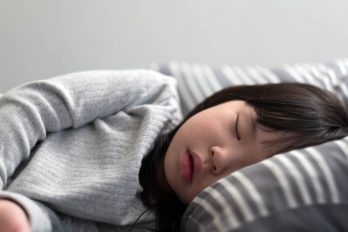Teen smoking and nicotine usage have long been a concern throughout local schools, but today, vaping is beginning to take over the news. Although many see vaping as being a healthier alternative to traditional cigarette smoking, research is starting to show that this may not be the case and that vaping has become particularly dangerous for teenagers.
The Rising Trend of Vaping
Vaping can create a certain type of chemical-related lung disease, which is popping up all over the country. In addition, electronic cigarettes, which are used for vaping, still contain regular nicotine, which raises cancer and cardiovascular disease risks. What your teenager may not know is that electronic cigarettes also contain other dangerous additives, such as flavorings, glycerol, and propylene glycol. Not much is yet known about how these substances could affect the body, but up-and-coming research points to the possibility of a myriad of problems.
Openly Communicate with Teenagers
The best way for you to deal with a teenager who you believe uses electronic cigarettes is to focus on open communication and a trusting relationship. Your teenager needs to know that he can talk to you honestly without fear of negative consequences. Assure your teenager that you are there to help him find the help he needs. In addition, be sure that your teenager has a great relationship with a trusted pediatrician who can provide that safe space and a high level of knowledge that is needed in these types of situations.




